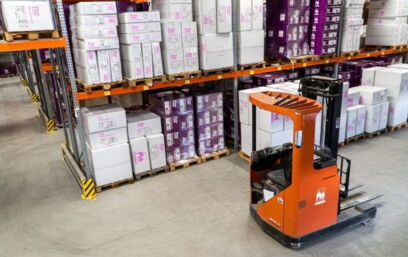Control Inventory Movements
Our AMC Inventory Movement feature lets you control your inventory at any time, giving you an overview of your company’s stock and providing a deeper understanding of your flow of goods. It updates in real-time so you can spot trends, such as imminent stock shortages, in time to take appropriate action.
Automate Adjustments and Returns
Using our Amazon Marketplace Connector to integrate inventory information from your Amazon Seller Central with your Microsoft Dynamics allows you to automate the import, creation, and posting of adjustment events and returns. This saves valuable time and resources and increases the accuracy and efficiency of your inventory management.
Automating Returns
Return management is also fully automated with our AMC solution. As soon as a customer decides to return a product, our connector receives this information from Seller Central and creates a return order. The item is first considered scrap and is only added back to the inventory after it arrives at the Amazon warehouse and can be resold. Missing or damaged products are not added back into inventory.
Transparency for FBA Merchants
If you outsource your fulfillment using Amazon’s FBA program, the AMC can provide the visibility into the inventory levels in your Amazon Marketplace shop that you need to most efficiently manage your business. When inventory runs low, a reorder notice will appear in your Seller Central. The AMC will import this reorder into our cockpit and create a transfer order for your Microsoft Dynamics 365.
As soon as your goods arrive at Amazon, the stock is posted in your virtual FBA warehouse in Microsoft Dynamics. If the goods are lost or damaged during shipment, partial quantities can also be booked.
